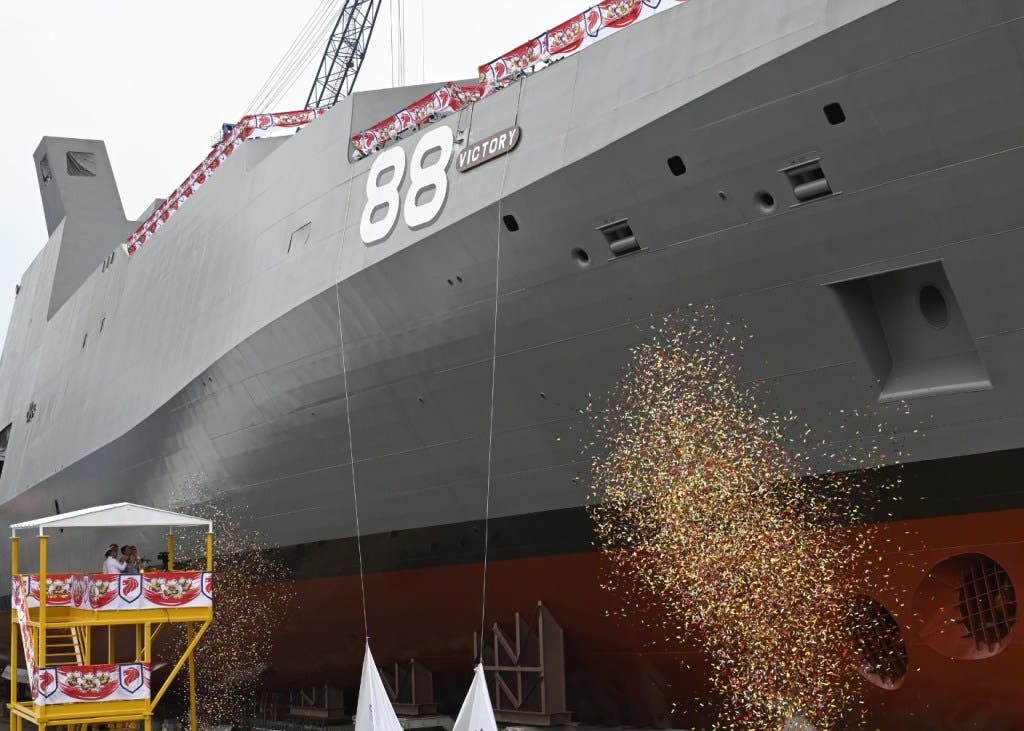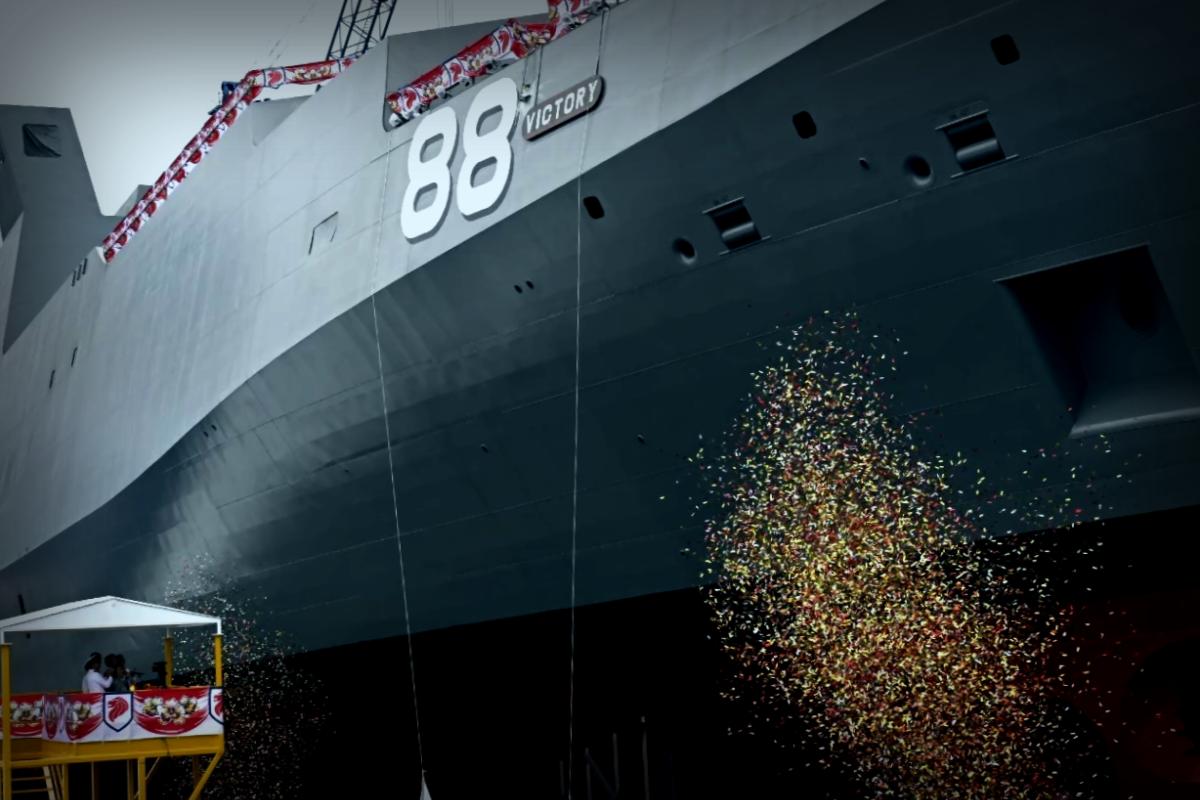Recently, Singapore took a significant step in strengthening its maritime defense capabilities by launching its largest and most intricate warship yet. This ship is not just a show of might; it’s designed to act as a mothership for drones that help keep vital sea routes safe.
During the launching ceremony, held on Tuesday, Singapore’s Minister of Defense, Chan Chun Sing, emphasized the importance of cooperation with other like-minded nations to maintain open sea lines in this crucial region.
Why This Is Important
As a historically strong ally of the United States, Singapore values its strategic partnership, particularly in defense and security. Notably, there are Singaporean military training units stationed in the U.S., showcasing the depth of this relationship.
Singapore sits at the southern tip of the Strait of Malacca, a key conduit that links the Indian Ocean to the South China Sea.maintaining free and secure trade routes is essential for not just Singapore but for global commerce as well.
These maritime routes, known as Sea Lines of Communication (SLOCs), are vital for trade or military operations but can become flashpoints for tension, especially given the overlapping territorial claims in the South China Sea.
Key Features of the New Vessel
The ship, named Victory, is the inaugural vessel in Singapore’s new Victory-class Multi-Role Combat Vessels (MRCVs). Spanning 492 feet and weighing in at 8,800 tons, this ship can operate for over 21 days, covering more than 8,000 nautical miles.

This vessel uniquely blends the advanced combat strengths of a modern frigate with the capability to control drones in the air, at sea, and underwater. This enhances the operational abilities of the ship.
Among its notable features is advanced automation, allowing for safe and effective operation with a smaller crew than traditional vessels of its size. The Victory-class also comes equipped with cutting-edge sensors and weaponry for high-stakes combat scenarios.
During the launch event, Chan articulated that Singapore’s strategic communications networks now stretch even further, increasing the necessity for enhanced naval capabilities to deter potential disruptors of daily life.
He stressed the critical nature of this initiative, linking it to the country’s comprehensive stability and the global economy due to Singapore’s strategic location.
With around 90% of its food imports coming by sea, Singapore’s vulnerability to any disruption in SLOCs is apparent. Essentially, a substantial amount of world’s cargo transits through this island’s waters, underscoring its importance in global trade logistics.
Following its launch, the Victory will undergo outfitting, systems integration, and testing, while training for its future crew will begin. Singapore plans to introduce a total of six vessels within this class, aiming for completion by 2028.
Community Reactions
During the ceremony, Defense Minister Chan stated: “Navigating the complexities of a changing global security landscape makes securing our communications imperative – be it in air, at sea, or cyberspace.”
A fact sheet released by Singapore’s Ministry of Defense noted: “The Multi-Role Combat Vessels will bolster our ability to guard vital sea communications and enhance regional security assurances.”
Looking Ahead
It remains open whether Singapore will further expand its military acquisitions from the U.S., particularly after its recent procurement of four Boeing P-8 maritime patrol aircraft to boost its maritime awareness.




















